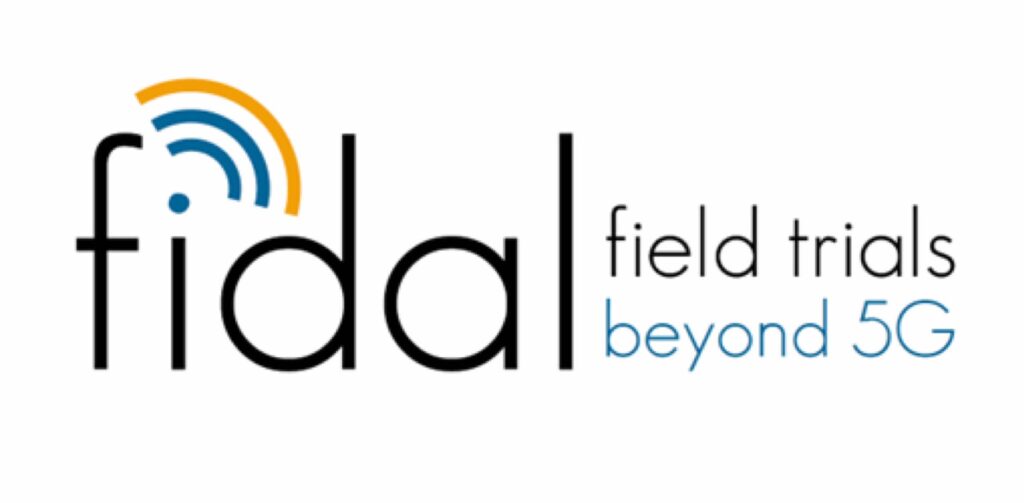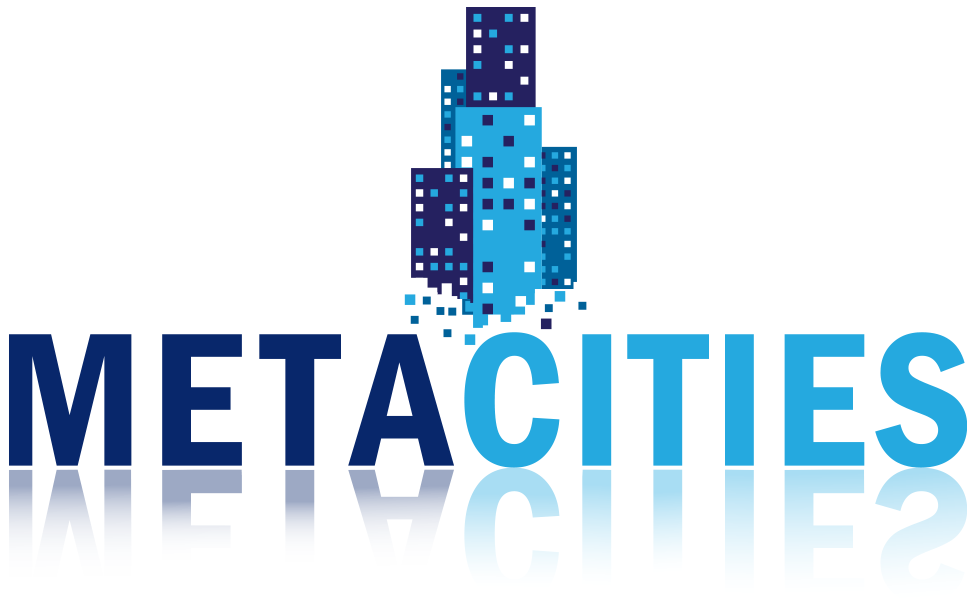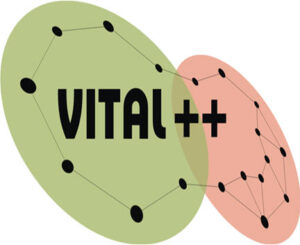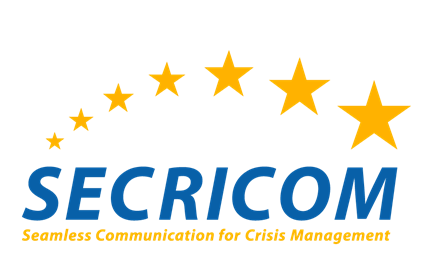Current Projects

SAND5G
5G -and beyond- networks provide a strong foundation for EU’s digital transformation and are becoming one of the Union’s key assets to compete in the global market. Since 5G (and its future evolutions, 6G etc.) offers the fabric that connects EU systems and services, critical infrastructures, economy, etc., it is imperative to focus on the security, privacy, and trust challenges that surface due to their open, disaggregate and interoperable underlying technology solutions. Securing 5G networks and the services running on top of them requires high quality technical security solutions and also strong collaboration at the operational level.
All stakeholders (operators, vertical infrastructures, national authorities and public bodies, security experts, research community, etc.) must work together to build robust defenses and establish cooperation channels and practices for preparedness, incident handling, response and mitigation actions etc. The main aim of SAND5G is to deliver a risk and impact assessment platform for 5G to support a) 5G stakeholders secure their systems and services b) National Authorities and Member States’ Regulators overview the security status and applied measures that implement their national cybersecurity strategies and legislation, in line with European 5G cybersecurity policies and proposed EU toolbox for 5G security.
[ learn more ]

NATWORK
The ambition of the NATWORK project is to set the foundations and deploy the very first economically realistic, energy efficient and viable bio-inspired AI-based 6G cybersecurity and resilience framework for intelligent networking and services, taking a holistic approach and considering all elements in a cross-sector business environment to address the diverse requirements and challenges that arise. The NATWORK project aims to develop a novel AI-leveraged self-adaptive security mechanism for 6G networks based on resilient bio- mimicry principles. The goal is to improve the malleability and the self-resilience of future 6G network ecosystems to offer augmented and secure services at the lowest energy costs. The principle premise is to empower various entities of 6G ecosystems with the ability to self-regulate their conditions to provide service continuity in compliance with service SLAs.
The Secure Federated Learning architecture of NATWORK will be based on decentralized defensive AI models embedded in dis-aggregated 6G network physical layer, smart Edge Network Interface Cards and RAN devices with P4-based programmable data plane and advanced DPU acceleration, with local feature extraction at wire-speed and AI model training. Among the key 6G security challenges that NATWORK aims to alleviate are Moving Target Defense and adaptive response to incidents, the employment of Net Zero AI and energy-efficient security for sustainable networks, the Detection of new forms of attacks bearing deep control flow monitoring as well as the elaboration of a continuum of security for payload deployment fostering secure migration of novel forms of in-network operations and secure distributed computations.
[ learn more ]

ACROSS
ACROSS is a secure, end-to-end network and service management platform that aims to address the dynamic and complex requirements of modern and future services in a cloud processing environment. It provides a highly scalable service orchestration layer, managed by a multi-domain cloud-native service orchestrator, to manage multi-faceted infrastructures across geographically distributed edge-to-core deployments. It increases security and trust over underlying devices and data sources while jointly exploiting data, programmability, and AI to improve performance and outsmart existing service orchestration.
It employs zero-touch mechanisms for multi-objective service management optimizations and fosters a democratized cloud ecosystem for multiple stakeholders. It is built on principles such as event and data-driven microservices, open and standardized APIs, and true unsupervised real-time automation using AI. It aims to be the first of a new breed of AI-driven zero-touch service deployment and management platforms and has a concrete roadmap for proof-of-concept demonstrations to selected standards.
[ learn more ]

CUSTODES
The CUSTODES system will discover and translate certification information of the Building Blocks of the composite ICT products or Services under evaluation, will provide Certification information to the interested parties and will share information on newly identified vulnerabilities related to the specific blocks or composite products as needed increasing transparency, re-usability and trust. It will also utilize a Restricted & Trusted Execution (RTE) Environment, to ensure the chain of custody of the product under assessment.
CUSTODES will be validated in three pilots, a) one of two Class I composite products with digital elements, b) one of an ICT product with an embedded AI component and c) a final one of the as-a-service functionality through EIT Digital extensive digital ecosystem.
The CUSTODES project is built on a collaboration of 17 organisations from 11 EU member states and third countries. The Consortium which includes 3 Conformity Assessment Organizations is composed by 10 SMEs, 3 large industry partners, 2 research organizations, and 2 public organizations/associations. The Consortium is led by RISE which has extensive experience in national and European research projects, and numerous collaborations with industrial partners.
[ learn more ]

FIDAL
Long-term towards Evolved 5G and 6G research needs mobilization of massive volumes of ideas, from which the best can emerge and be adopted for standardization. With the extremely low latency and huge data capacity of Beyond 5G and 6G networks, the cyber and physical worlds could converge, allowing for the development of services like digital twins and internet of senses applications. This future ecosystem is on track to be more collaborative and inclusive than previous generations of network.
FIDAL seeks to set the standard by fostering open architectures, large experimentation sites, and adopting a multi-stakeholder approach, thus it steps in, targeting the augmentation of human capabilities, enabling Media & PPDR vertical industry players to carry out advanced technological and business validation in large-scale trial facilities of highly innovative and advanced applications, that take full advantage of Evolved 5G technologies. This will provide significantly beneficial feedback to the broader industry, academia, innovators and community before wide commercial deployments of Evolved 5G networks throughout Europe.
FIDAL will build on the success of 5G-PPP Phase 3 projects, producing a unified experimentation framework with Zero-Touch orchestration, reusable Network Applications, Wand secure AI as a Service capabilities. In order to validate Evolved 5G technologies in a user environment and maximize downstream take up and prepare the ground prepare the ground for 6G, the project will deploy 3 testbeds and 3 large-scale test infrastructures in Greece, Norway, and Spain.
[ learn more ]

METACITIES
METACITIES project will establish an Excellence Hub that spans a large geographical area, that of Southeastern Europe, represented by three clusters in Cyprus, Greece, and Bulgaria. Each cluster consists of partners involved in the Quadruple Helix (i.e., scientific, industrial, social, public) with the aim to collaboratively design common digital Research and Innovation strategies, policies, and joint pilots, orchestrated towards the benefit of the citizens, the stakeholders, the local ecosystems and the growth of the whole southeast European region.
Starting from the Physical World, representing the actual city or region, METACITIES will propose a series of system blueprints and recommendations that can be used to successfully build their Digital Twins and Metaverses. METACITIES conceptual model represents an evolution of the notion of smart city, which usually implies the use of Information Communication Technologies for the processing of data and their statistical manifestations in the form of dashboards. As Digital Twins are directly and in real time, interconnected and interacting with the physical city, exchanging processing data and making decisions, they can execute actions on the city’s operations that may affect its daily life.
[ learn more ]

CIPSEC
[ learn more ]
SENSE.CITY
5GinFIRE
5GinFIRE main technical objective is to build and operate an Open, and Extensible 5G NFV-based Reference (Open5G-NFV) ecosystem of Experimental Facilities that not only integrates existing FIRE facilities with new vertical-specific ones but also lays down the foundations for instantiating fully softwarised architectures of vertical industries and experimenting with them. The initial instantiation of the Open5G-NFV ecosystem will be driven by the automotive vertical deployed across state-of-the-art 5G infrastructures, however, it will also be as generic as possible in order to host other verticals.

5G-VINNI
[ learn more ]

SMESEC
[ learn more ]
Past Projects

OpenLab
[ learn more ]

FORGE (Forging Online Education through FIRE)
[ learn more ]

STEER
[ learn more ]

FISH: FI-STAR Integrated Service Hub
[ learn more ]

Bro4XiPi
[ learn more ]

P2P@Clouds-BonFIRE experiment

Panlab
[ learn more ]

Vital + +
[ learn more ]

Secricom
SECRICOM is a research project creating Seamless Communication for Crisis Management for EU safety. Thirteen partners from eight EU countries united their capacities in order to produce a competetive solution for secure communication and collaboration of emergency responders with advanced functions. The project requirements include security, dependability, enhanced connectivity, transmission of multiple formats and advanced search functions. The goal is to build a system that ensures end-to-end secure transmission of data and services across heterogenous infrastructures with real time detection and recovery capabilities against intrusions, malfunctions and failures.
[ learn more ]

